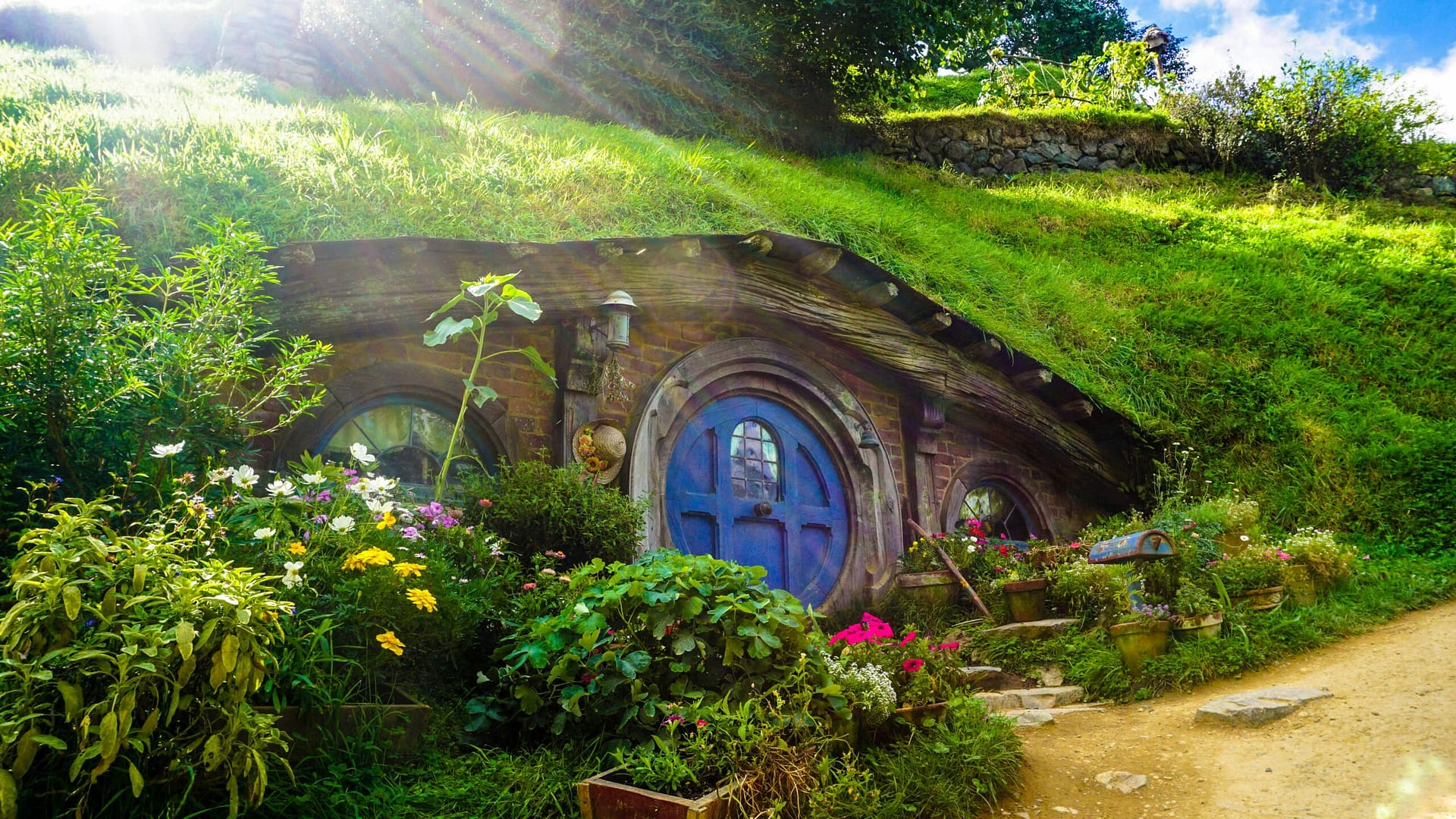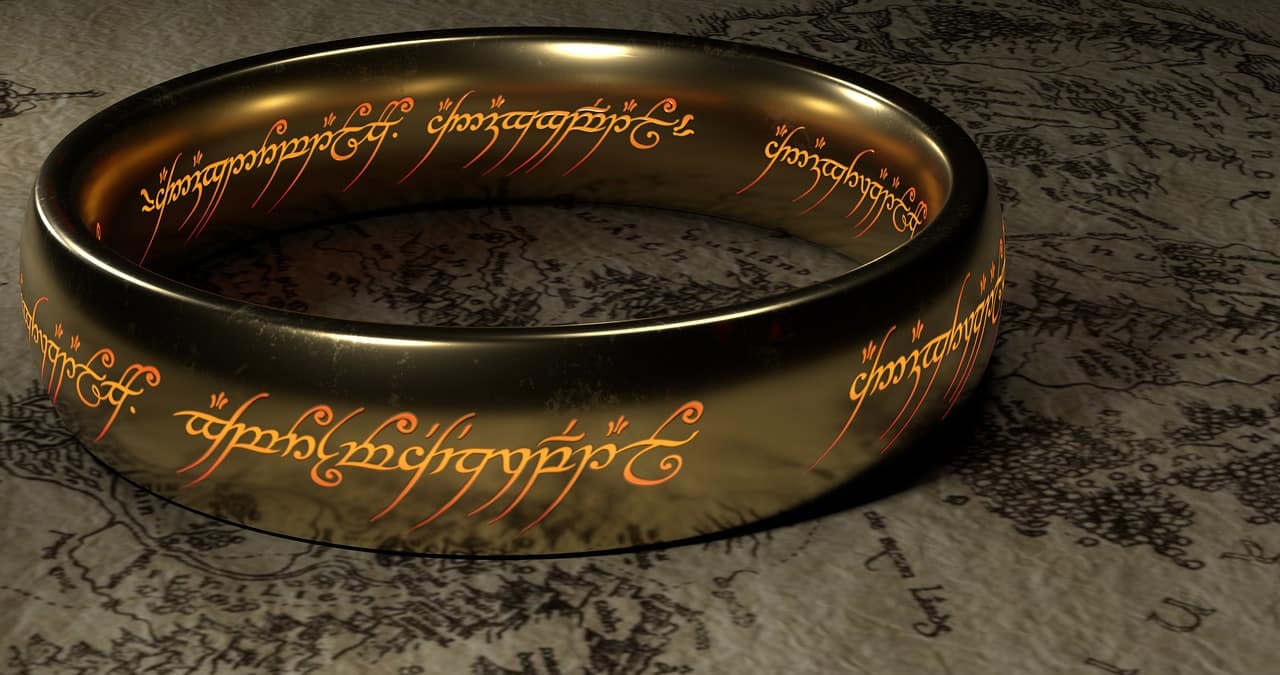Embark on a journey through The Lord of the Rings, exploring languages, enigmatic characters, and behind-the-scenes anecdotes like never before. Welcome to the captivating realm of Middle-earth, where every corner holds untold stories and hidden gems.
In this exploration, we uncover 20 lesser-known insights that add layers of fascination to J.R.R. Tolkien’s iconic masterpiece. Explore ‘The Lord of the Rings’—languages, characters, and behind-the-scenes—unveiling a richer tapestry than ever before. Join our voyage to unveil lesser-explored wonders, making this saga perennially intriguing and admired for its depth.
Photo by Andres Iga onUnsplash
Linguistic Creations by J.R.R. Tolkien:
In “The Return of the King,” Tolkien wove an epic tale and crafted unique languages like Elvish and Dwarvish. Consequently, Tolkien’s languages enriched Middle-earth, captivating readers and connecting them with its diverse cultures.
Influence from World War I:
Tolkien’s World War I service deeply influenced his writing, with Mordor’s desolation mirroring his trench warfare experiences. Additionally, his reflections on war transcend Mordor, weaving narratives that echo human conflict in ‘The Return of the King.’
Mystery Surrounding Tom Bombadil:
The One Ring’s Black Speech inscription commands: “One to rule, find, bring all, and in darkness bind them.” Consequently, this powerful incantation encapsulates the ring’s dominion over the wearers, emphasizing its malevolent purpose and setting the stage for a formidable conflict in “The Lord of the Rings” trilogy.
Inscription in the Black Speech:
The One Ring’s Black Speech inscription reads: “One to rule, find, bring all, and in darkness, bind them.” Consequently, the inscription reveals the One Ring’s malevolent control, a dark force embedded in Middle-earth’s essence. The ominous resonance of the Black Speech underscores the epic struggle against the ring’s corrupting influence.
Contemplative Ents:
Ents, tree-like creatures, deliberate in an “Entmoot” before war, showcasing their nature. This mirrors their ancient connection to the forest’s contemplative essence. The Ents’ “Entmoot” underscores their commitment to thoughtful decisions, pivotal in the war against darkness.
Tolkien Fandom of Christopher Lee:
Sir Christopher Lee, who portrayed Saruman, read “The Lord of the Rings” annually and met J.R.R. Tolkien before filming, reflecting his deep appreciation. Beyond acting, Lee provided valuable insights to Peter Jackson based on his profound understanding of Tolkien’s world.
Illusion of Hobbit Heights:
Filmmakers, adeptly managing hobbit actors of varying heights, employed clever camera techniques. This included angles, forced perspective, and scaled-down sets. Ultimately overcoming height challenges, this inventive approach significantly enhanced the immersive hobbit portrayal in the film.
Dedication of Viggo Mortensen:
Viggo Mortensen, embodying Aragorn, fully immersed himself in the role by learning Elvish, mastering sword skills, and personally acquiring his horse for the film. Consequently, his dedication extended beyond acting, creating a seamless and authentic portrayal that resonated with both cast and audiences alike.
Authentic One Ring Prop:
The One Ring used in the movies was meticulously crafted from a single piece of gold. This substantial prop featured precisely engraved inscriptions, reflecting the attention to detail. The ring’s craftsmanship became symbolic of its central role and the dedication infused into the film production. Consequently, the visually striking and authentically detailed One Ring became an iconic symbol, leaving a lasting impression on fans. This contribution enhanced the immersive experience of “The Lord of the Rings” trilogy.
Unused Enya Compositions:
Enya, the contributor of “May It Be” to the films, composed additional music that did not make it to the final cut but is available in the soundtrack’s extended editions.
Emotional Impact on Cast:
Certain scenes evoked emotional reactions, including tears from Ian McKellen, thus highlighting the profound emotional depth. Additionally, the cast’s genuine responses showcased their deep connection to characters and the potent storytelling in “The Return of the King.” Furthermore, as actors immersed themselves in roles, the emotional authenticity translated into a compelling on-screen experience, resonating globally.
Advancements in Digital Effects:
“The Return of the King” showcased significant progress in digital effects, particularly in creating massive battles and bringing the character Gollum to life, reflecting the evolution of filmmaking techniques.
Enthusiastic Liv Tyler:
Liv Tyler, portraying Arwen, was an ardent fan of Tolkien’s works. Expressing a strong desire for the film adaptation, her passion infused authenticity into her portrayal, contributing to the enchanting depiction on screen. Going beyond acting, Tyler’s commitment involved delving into the intricate details of Arwen’s character, adding depth and nuance to her performance. Her dedication and genuine enthusiasm for Tolkien’s world resonated not only with fans but also with filmmakers, making her an integral part of bringing Middle-earth to life on the silver screen.
Filming of Multiple Endings:
Various potential endings were filmed to maintain secrecy. This precaution sparked confusion among cast members about the ultimate conclusion. The intentional ambiguity heightened anticipation among both the cast and the audience, preserving the element of surprise. Despite the meticulous approach to confidentiality, the filmmakers’ commitment shone through, delivering an unforgettable cinematic experience. Ultimately, the chosen ending resonated with viewers, leaving a lasting impact on the legacy of “The Return of the King.”
Additions in Extended Editions:
The extended edition of the film includes additional scenes delving deeper into the lore and characters. These additions provide an even more comprehensive experience for fans, enriching the storytelling and expanding the cinematic journey through Middle-earth. The inclusion of extended scenes demonstrates the filmmakers’ commitment to offering viewers a more immersive and detailed exploration of J.R.R. Tolkien’s intricate world. This extended edition has become a sought-after version for enthusiasts, allowing them to delve further into the captivating narratives and uncover hidden gems within the expansive tapestry of “The Lord of the Rings” trilogy.
Aragorn’s Battle Speech Influence:
Viggo Mortensen’s contributions to Aragorn’s impactful speech before the Battle of the Black Gate enhanced authenticity and resonance, showcasing his deep investment in the character’s portrayal. Mortensen’s dedication to enriching the emotional depth of the scene reflects the collaborative spirit among the cast and crew, contributing to the enduring power of that pivotal moment in “The Return of the King.”
Physical Challenges for Actors:
The actors encountered numerous physical challenges during filming, including adverse weather conditions and demanding fight sequences, adding a realistic touch to the epic tale.
Oscar Triumph:
“The Return of the King” made history at the Academy Awards, securing victories in all 11 categories. This remarkable achievement solidified its place in cinematic history, showcasing widespread recognition for its exceptional contributions. Tying with iconic films like “Ben-Hur” and “Titanic” for the most Oscar wins further cements its status as a cinematic masterpiece. Its unprecedented success resonated with critics, industry professionals, and audiences worldwide, leaving an indelible mark on film history.
Elijah Wood’s Memento:
Elijah Wood, portraying Frodo, received the One Ring as a keepsake after filming, symbolizing his significant role. This meaningful memento serves as a tangible connection to the epic journey. Wood, immersed in the iconic character, cherishes the keepsake as a poignant reminder of the transformative experience. The One Ring, once a powerful prop, now stands as a cherished relic encapsulating the magic of the cinematic masterpiece.
Impact on New Zealand Tourism:
The film trilogy’s success significantly increased tourism in New Zealand, where a substantial part of the movie was filmed. This transformation made it a popular destination for “The Lord of the Rings” enthusiasts.
In summary, our exploration of “The Lord of the Rings” uncovered linguistic marvels, behind-the-scenes magic, and the enduring impact of this cinematic masterpiece. Viggo Mortensen’s dedication, Oscar triumphs, and Elijah Wood’s keepsake exemplify the saga’s timeless allure. Middle-earth beckons—a realm where enchantment and exploration intertwine, leaving an indelible mark on both the cinematic landscape and our imaginations.
As we reflect on the triumph at the Oscars, the dedication of the actors, and the profound impact on New Zealand tourism, it becomes evident that “The Lord of the Rings” stands as a cinematic triumph that transcends time. This epic saga continues to captivate audiences, inviting them to immerse themselves in the rich world of Middle-earth, where untold stories and hidden gems await discovery.

